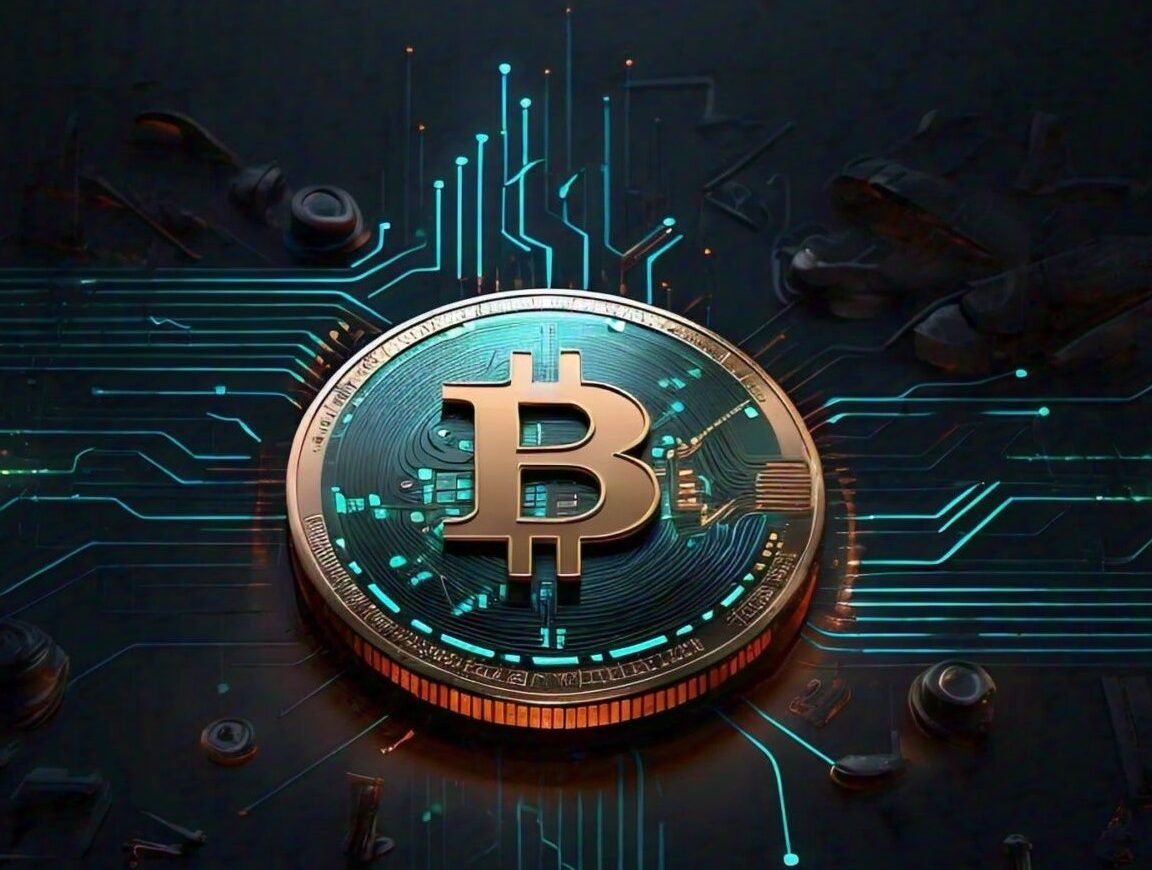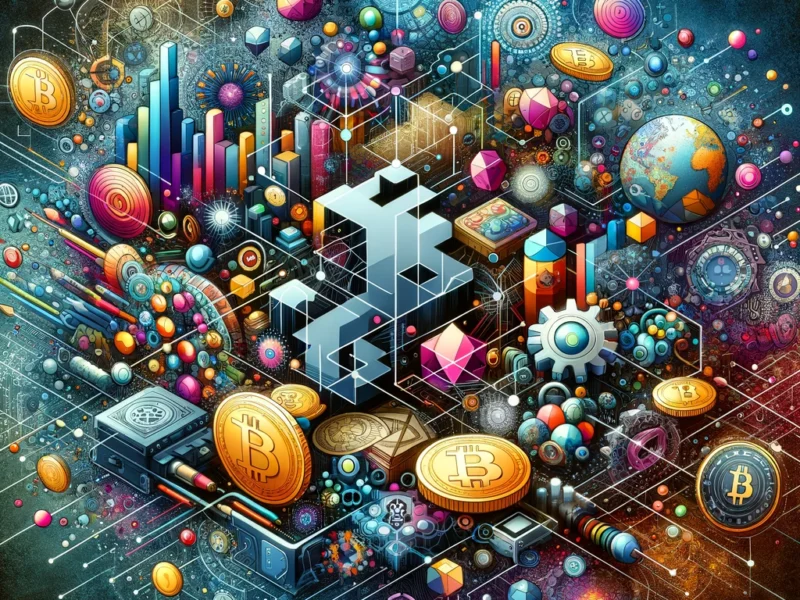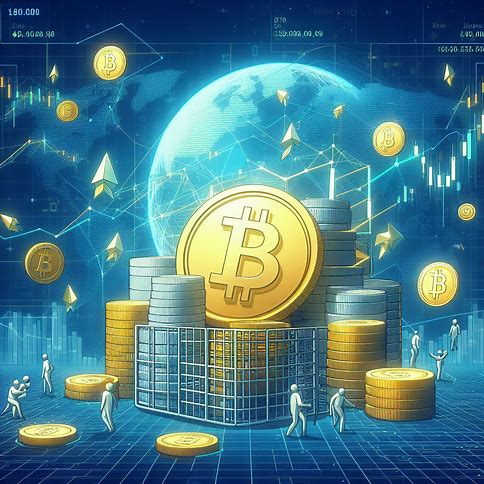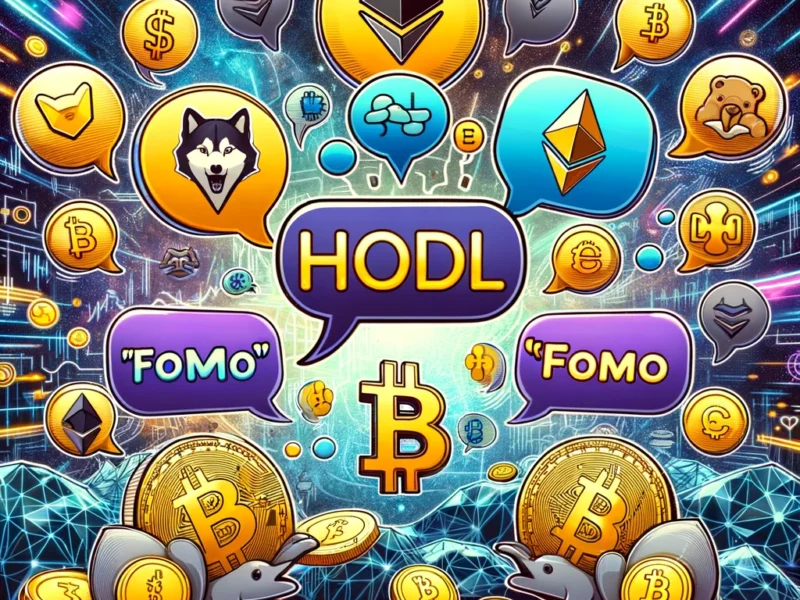The cryptocurrency market remains highly volatile, but investors are always looking for promising long-term plays. Two blockchains that have attracted significant attention are Cardano (ADA) and Solana (SOL). Here are things to consider before investing in either.

1. Scalability Showdown
Scalability has been a major problem for many blockchains, including Bitcoin and Ethereum. Both Cardano and Solana aim to provide high transaction throughput to support decentralized applications (dapps) and use cases.
Cardano’s scalability approach is built around its unique Ouroboros proof-of-stake consensus protocol and layered structure. The settlement layer handles transactions, while sidechains called Plutus serve as data and computation layers. This design aims to future-proof the network as usage grows.
Solana takes a different tack, relying on novel proof-of-history and proof-of-stake hybrid consensus combined with Turbine, a block propagation protocol. It can reportedly handle over 65,000 transactions per second with sub-second finality. While impressive on paper, only time will tell how these contrasting scaling solutions fare under increasing real-world loads.
2. Ecosystem and Adoption
Beyond just transaction throughput, the strength of a blockchain’s ecosystem and adoption are crucial indicators of long-term viability.
Cardano has taken a slower, more methodical approach with rigorous peer-reviewed research guiding its development roadmap. Its Alonzo upgrade in 2021 enabled smart contracts and Plutus-powered dapps. However, Cardano’s dapp ecosystem is still new compared to more established chains. Major partner deals like EMURGO’s blockchain education partnership in Ethiopia demonstrate Cardano’s global ambitions, but dapp developers have been slower to flock to the network so far.
In contrast, Solana has quickly become popular since launching in 2020. Its throughput, low fees, and Rust-based Solidity-compatible smart contracts have attracted many developers from the Ethereum ecosystem. There have been lots of talks about projects like Race decentralized exchange and Solana Pay.
Well-funded venture capital players like Andreessen Horowitz have poured investment into Solana, kickstarting its “investor-to-developer” ecosystem growth. However, it has also experienced growing pains, like repeated network outages that have tested its “web-scale” claims.
Developers and capital are both unstable, even if Solana is now leading in terms of basic ecosystem metrics like total value locked (TVL). In 2024, the capacity of both chains to develop strong, decentralized application ecosystems will be critical.
3. Utility and Use Cases
At their core, blockchains are platforms for enabling new digital services, assets, and economies. The utility and use cases enabled by Cardano and Solana will ultimately determine their long-term value propositions.
Cardano has concentrated on using alliances like its agreement with the Ethiopian government to address practical issues in developing countries. Identity management, accountability, governance, and financial services for the unbanked are among its key areas of concentration.
Cardano’s Atala PRISM solutions aim to provide secure, decentralized credentials for education, employment credentials, and more. Projects like NEWM are exploring use cases in organic food traceability.
While still early, Cardano’s roadmap is centered on using its blockchain as infrastructure for social impact applications beyond just financial services.
Currently, Solana has mostly gained influence in the decentralized finance (DeFi) space. Initiatives such as Orca and Raydium, two Solana-based decentralized exchanges (DEXs), are providing automated market makers, yield farming, financing, and other services to Solana.
The blockchain’s high throughput and low fees position it well for blockchain gaming and non-fungible token (NFT) applications as well. However, its use cases have been less focused on “blockchain for good” social impact initiatives compared to Cardano so far.
Ultimately, driven by different core philosophies, Cardano is targeting more institutional and inter-governmental use cases, while Solana has initially attracted more speculation-driven DeFi and consumer apps. Both present intriguing but divergent visions for blockchain’s real-world utility in 2024.
Key Takeaways
1. Scalability: Both chains aim to achieve high transaction throughput, but have different technical approaches. Cardano uses a layered architecture with sidechains, while Solana relies on novel consensus mechanisms like proof-of-history.
2. Ecosystem and Adoption: Solana has gained faster traction and attracted more developers/projects from the Ethereum ecosystem so far, aided by venture capital funding. However, Cardano is taking a slower, more research-driven approach to building its ecosystem.
3. Utility and Use Cases: Cardano is focused on “blockchain for good” use cases like identity management and supply chain traceability, targeting real-world challenges in developing economies. Solana has seen more traction in decentralized finance (DeFi), blockchain gaming, and NFTs so far.
4. Contrasting Philosophies: Cardano seems geared more towards institutional/governmental use cases and social impact initiatives, while Solana has initially attracted more speculation-driven DeFi and consumer apps.
5. Long-term Viability: In 2024 and beyond, both chains’ long-term value propositions will rely heavily on their capacity to build strong, decentralized application ecosystems, but it looks that they are going in different directions in the process.
Frequently Asked Questions
1. What are the key differences in how Cardano and Solana approach scalability?
Cardano uses a layered architecture with the main settlement layer handling transactions and sidechains called Plutus for data and computation. Solana relies on a combination of proof-of-history and proof-of-stake consensus along with its Turbine block propagation protocol.
2. Which blockchain has gained more adoption and traction so far?
So far, Solana has gained more rapid traction and adoption, attracting many developers from the Ethereum ecosystem with its high throughput, low fees, and Rust-based smart contracts. However, Cardano is taking a more measured, research-driven approach to building its ecosystem.
3. What types of real-world use cases is each blockchain targeting?
Cardano is focused on “blockchain for good” use cases like identity management, supply chain traceability, and providing financial services to the unbanked, often through governmental/institutional partnerships in developing economies. Solana has seen more traction so far in decentralized finance (DeFi), blockchain gaming, and NFT applications.
4. Which has the stronger ecosystem of developer activity and projects so far?
Currently, Solana is leading in raw ecosystem metrics like total value locked (TVL) as it has attracted significant investment from VCs like Andreessen Horowitz to kickstart an “investor-to-developer” pipeline. However, developer and capital inflows can be mercurial.
5. What are the key factors that will determine long-term success?
The capacity of each chain to develop a strong, decentralized ecosystem of applications that offer practical benefit in the real world will ultimately be essential to their long-term value concepts. They offer different routes to reach their goals based on their various use cases and technical approaches.










